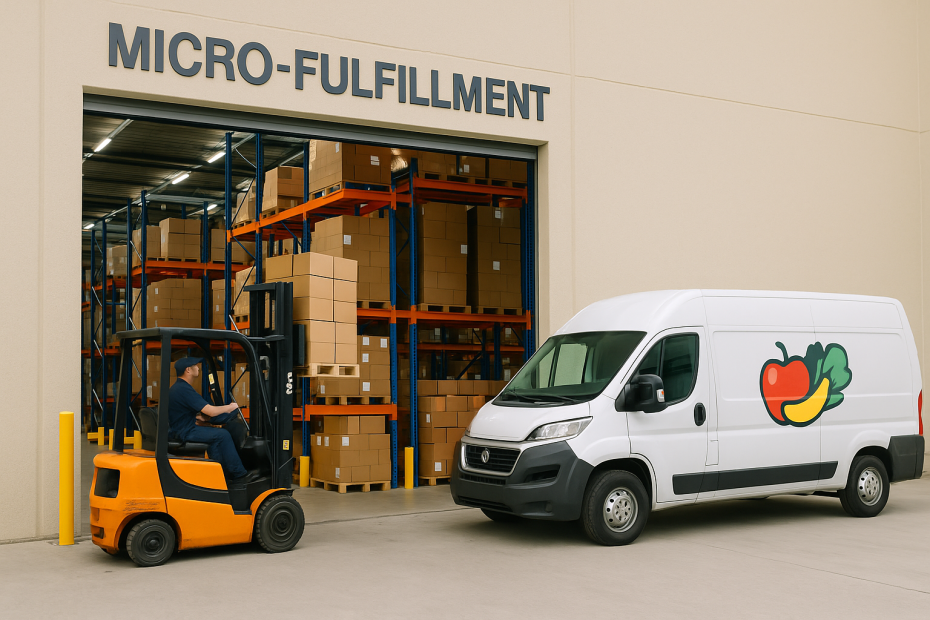As consumer demand for rapid grocery delivery intensifies, food logistics operators are turning to micro-fulfilment centres (MFCs) to meet expectations without compromising product freshness.
Unlike traditional distribution warehouses located on city outskirts, MFCs are compact, high-efficiency facilities embedded within or near urban areas. Their purpose is simple but powerful: to bring fresh produce and chilled goods closer to the consumer, enabling faster delivery windows — often within hours of ordering.
Major supermarkets and third-party logistics providers are now piloting MFCs across key Australian metro regions. These setups often use automated picking systems and integrate directly with online ordering platforms. By reducing transport distances and dwell time, MFCs also help preserve the cold chain, which is critical for fresh fruit, vegetables, meat, and dairy.
For companies like ACIT, micro-fulfilment isn’t just a trend — it’s a chance to refine how temperature-sensitive freight is managed during the final delivery leg. With our background in food-safe handling and cold chain integrity, we’re watching these developments closely and adapting our logistics strategy accordingly.
Whether it’s cross-docking, inner-city warehousing, or just-in-time delivery, micro-fulfilment centres represent an important evolution in urban food logistics — one that’s here to stay.



